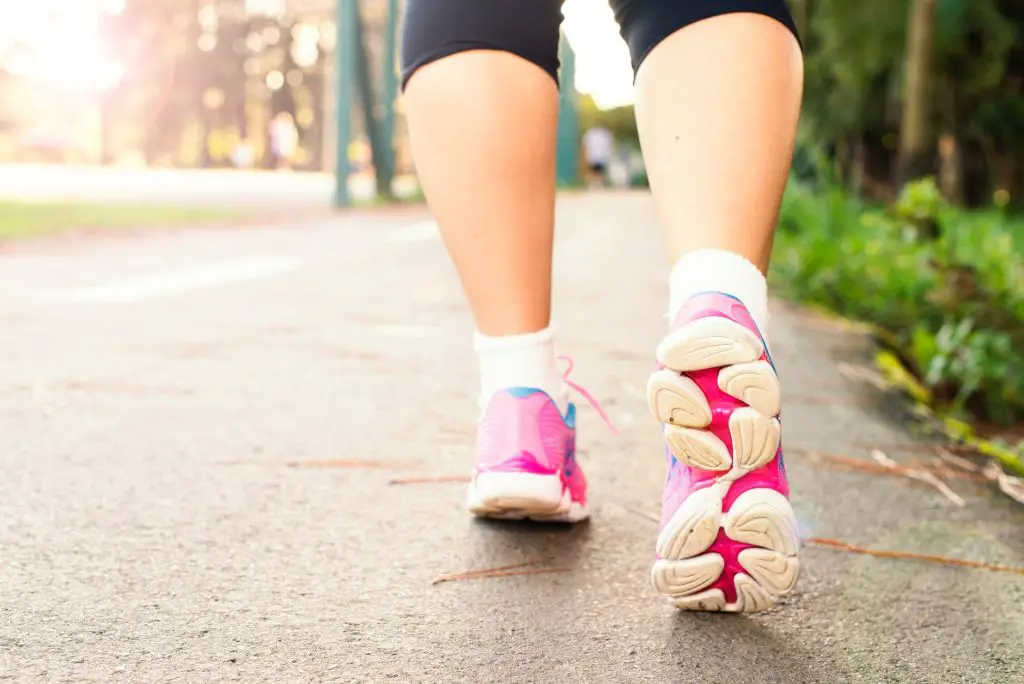La stenosis of the lumbar canal is a pathological condition in which the lumbar canal, part of the spine, narrows. This can cause pain, weakness, and other symptoms.
The question of whether people with a stenosis of the channel lumbar whether or not they should work is up for debate. In this article, we'll explore both sides of the argument and help you make the best decision for your health!
Spine anatomy lumbar
La lumbar spine is located in the lower back and is made up of five vertebrae, which are the bones that make up the spine. The vertebrae are stacked on top of each other and are separated by intervertebral discs.
These discs serve as shock absorbers for the spine and allow the vertebrae to move freely. The vertebrae are interconnected by facet joints, which allow slight movement between them.
La spinal cord crosses the center of the vertebrae and is protected by the spine. The spinal cord carries nerve impulses between the brain and the rest of the body.
The column lumbar is responsible for supporting most of the body weight and supporting lower body movement. It is also vulnerable to injury due to its location and function.
Definition of stenosis lumbar (also called channel lumbar narrow)
La lumbar stenosis is a medical condition that results in a narrowing of the spinal canal in the lower back. This can cause compression of the nerves that run through your lower back to your legs, causing pain.
To find out everything about spinal stenosis, see the following article.
Causes and symptoms of lumbar stenosis
La stenosis lumbar (lower back) is a condition that develops when the spinal canal narrows and puts pressure on the spinal cord and nerve roots.
This shrinkage can happen slowly over time, due to the aging process and degeneration of the spine.
La stenosis lumbar can also be caused by, among other things:
- A herniated disc
- Spondylolisthesis
- Lumbar osteoarthritis
- Paget's disease,
- spinal tumors
- Etc.
The symptoms of stenosis lumbar include:
- Pain,
- numbness,
- Tingling or weakness in the legs and buttocks,
- Difficulty walking
- And loss of bowel or bladder control.
Can we walk in the presence of stenosis lumbar ?
Walking is not only a great form of exercise, it also has a number of other benefits.
First of all, it's a low-impact activity, which means it's easy on the joints. It's also a great way to clear the mind and release stress.
Walking outdoors can also increase your intake of vitamin D, which is essential for strong bones and a healthy immune system.
There is plenty of evidence to suggest that regular walking can help alleviate back pain. Walking is a low impact activity, which means it is gentle on the joints. However, there are also potential downsides to consider.
For example, walking can aggravate pain and radiation in the lower back and legs, and it puts more pressure on the vertebrae. Also, people with arthritis or other conditions that cause inflammation may find that walking makes their symptoms worse.
Finally, walking can be difficult for people who are overweight or have mobility issues.
Stenosis lumbar and walking: Our tips for hassle-free walking
The human spine is not designed to withstand the constant impact of walking on hard surfaces, which can lead to muscle tension and inflammation.
There are several things you can do to minimize the risk of back pain while walking. First, be sure to wear comfortable shoes with low heels.
If possible, walk on softer surfaces like grass or dirt roads. You should also try to keep your spine flexed lumbar using a shopping cart when shopping.
By following these simple tips, you can help prevent back pain from stenosis lumbar and keep your spine healthy.
Stenosis lumbar and walking: Alternatives to previous solutions
People with stenosis lumbar often have difficulty walking. Walking is a great form of exercise, but it can make the symptoms of the disease worse. Fortunately, there are other alternatives that can be just as beneficial to your health:
Swimming
Swimming is a great way to exercise for people with stenosis lumbar. Swimming puts little strain on the body and keeps the joints healthy. It is also soothing, which can help you relax.
Ride a bike
Cycling is also a good choice for people with this condition. It is low impact and easy to move around. In addition, it helps strengthen the muscles of the legs and buttocks. Cycling can also help you lose weight, which can reduce the symptoms of stenosis spinal lumbar.
Yoga
Yoga is a great way to stretch muscles and relieve pain. It can also help improve your posture. Yoga is also soothing and can help you relax. There are many different yoga poses that can help relieve arthritis symptoms.
Therapeutic exercises in physiotherapy (physiotherapy)
La physiotherapy is a branch of medicine that uses physical means such as heat, light, water or electricity, manual therapy and exercises to treat patients suffering from various ailments.
One of these conditions is the stenosis spinal lumbar, which corresponds to the narrowing of the spinal canal in the lower back.
Physiotherapy, however, can help relieve these symptoms by stretching and strengthening the muscles in the affected area. Additionally, therapeutic exercises can help improve range of motion and flexibility, while promoting circulation and healing. Therefore, physiotherapy (kinesitherapy) can be an effective treatment for stenosis lumbar.
As you can see, there are many different options for people with stenosis lumbar. Walking is not the only solution. Ask your doctor which option is best for you.


